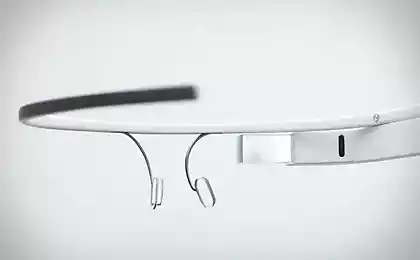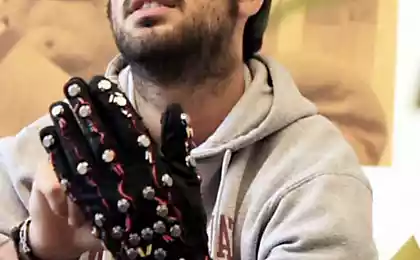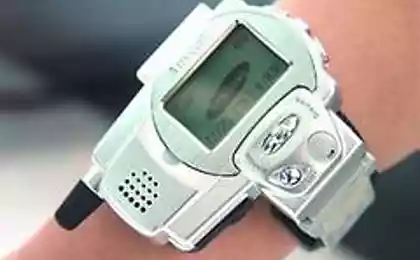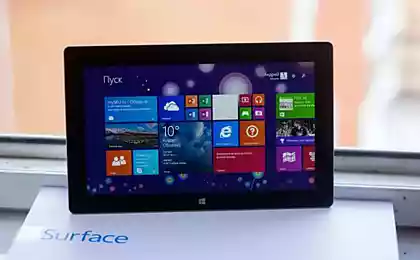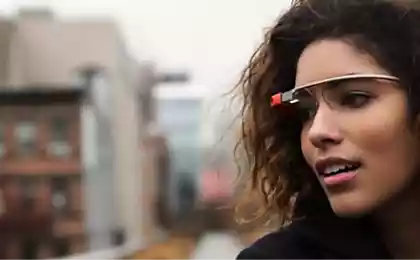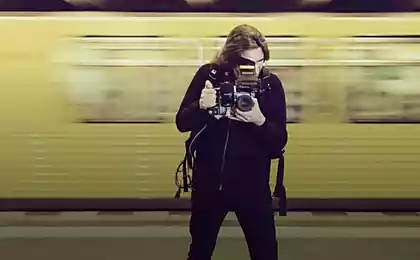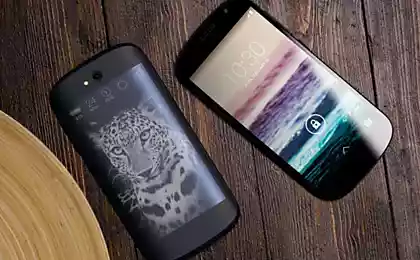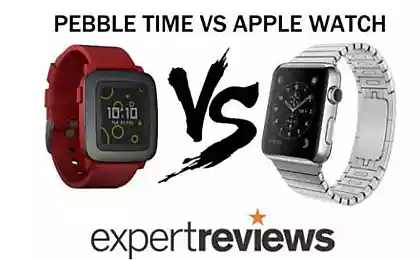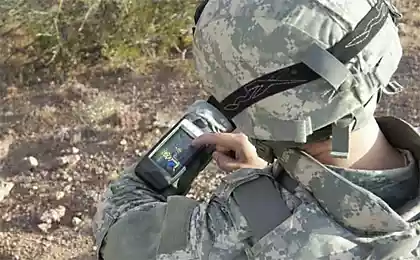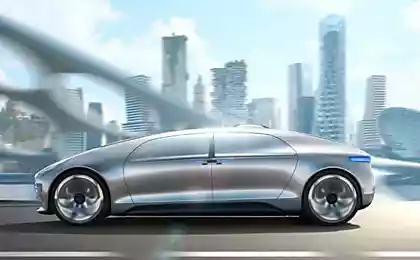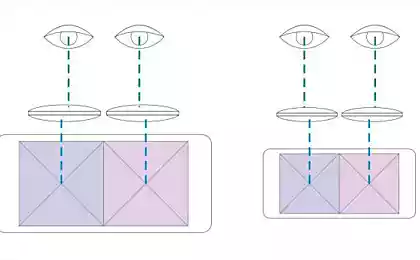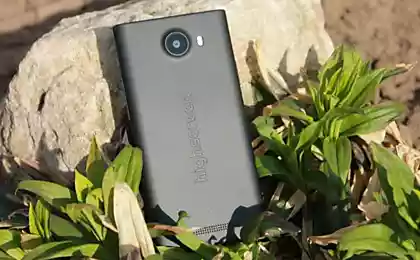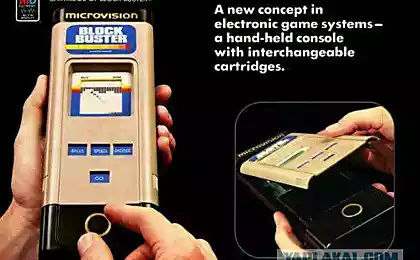179
Spheree device creates a full 3D image in the field
Researchers from the University of São Paulo in Brazil and the University of British Columbia in Canada have developed a spherical display that allows users to see and interact with three-dimensional objects.
The technology, dubbed Spheree, is the first display capable of projecting the shape of high-resolution objects on a spherical surface and also allows users to interact with the 3D display using gestures.
The device has the shape of a translucent sphere, inside which the viewer can see the animation and images that appear in the center. This technology is based on an optical illusion. Inside, at the base of the Spheree ball, there are 8 mini-projectors that highlight images on the inner surface of the sphere, and special software developed by the team glues individual images of the projector together, creating a single image.
Mini projectors have lower resolution and brightness than traditional projectors. But an international team of Brazilian and Canadian researchers uses an automatic calibration algorithm called FastFusion, which seamlessly combines the resolution and brightness of many projected images without compromising quality. The main webcam allows the algorithm to see the position of the individual images projected by the projectors on the ball, as well as calculate how much each image makes up in the process of obtaining the final picture.
If the user is on one side of the ball and then goes to the other, then the image or animation is usually distorted or simply becomes invisible to the eye. In order to avoid this, the device integrated software Motion-Tracking, which with the help of 6 infrared cameras tracks the movement of the user. The data coming from the cameras is constantly corrected by the computer to correctly position the image in relation to the user.
Gesture management with the Leap Motion interface allows users to interact with image models in Spheree. You can, like a sculptor, sculpt a piece of clay, spin objects forward/backward, bring them closer or distance yourself. To run 3D animation with Blender Software, the system uses a second computer.
The team demonstrated two versions of Spheree at SIGGRAPH 2014 in Vancouver, Canada, earlier this month: one measuring 18 centimeters and the other measuring 51 centimeters.
The developers suggest that the Spheree version could be used for future video games or common toys, and an enlarged version of the ball would be useful for team projects or for museum displays.
Source: http://hi-news.ru/technology/ustrojstvo-spheree-sozdaet-polnocennoe-3d-izobrazhenie-v-sfere.html
Source: /users/1617
